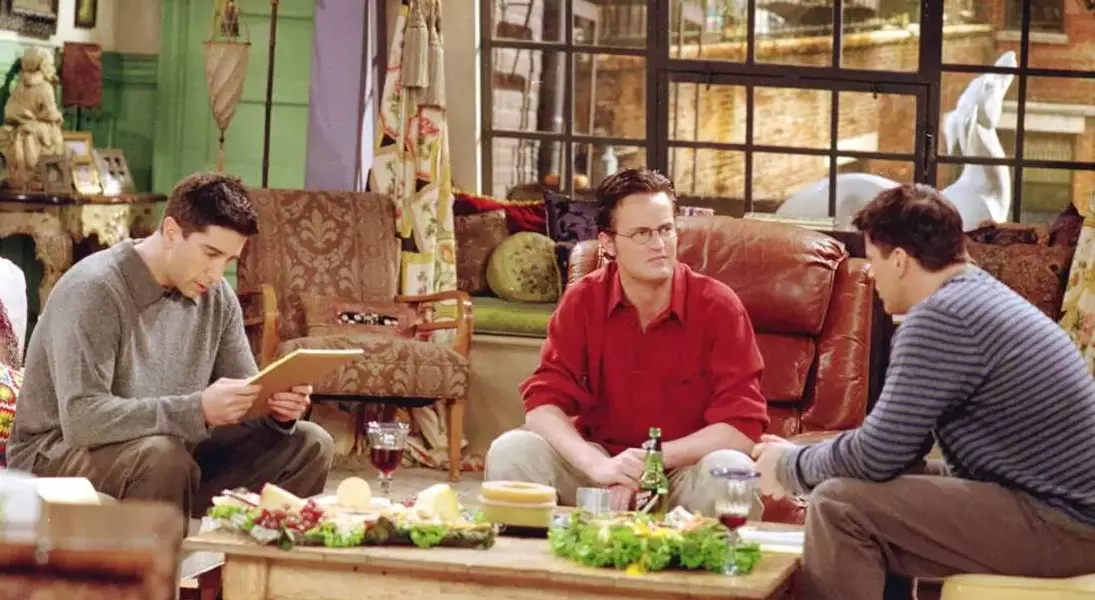



The annual feast of Thanksgiving is observed on the fourth Thursday of November, yet many Americans now partake in an earlier festive meal with their chosen family, dubbed Friendsgiving. This portmanteau, seamlessly blending 'friends' and 'Thanksgiving,' signifies a communal meal typically enjoyed around the traditional holiday, featuring classic dishes often prepared potluck-style, but with companions rather than blood relatives.
This contemporary celebration, characterized by fewer formal expectations and often less travel, stands as a refreshing alternative to traditional family gatherings. Emily Brewster, a senior editor at Merriam-Webster, notes that 'Friendsgiving' was an ideal candidate for linguistic adoption, given its clear meaning and easy pronunciation. While the concept of celebrating with friends during this period has existed for centuries, with its presence in pop culture dating back to shows like A Charlie Brown Thanksgiving and Friends, the specific term 'Friendsgiving' gained traction more recently. Merriam-Webster began monitoring its usage in 2007, and by 2011, boosted by a Bailey's Irish Cream advertising campaign and a mention in The Real Housewives of New Jersey, it saw a significant surge in popularity. Google searches for 'Friendsgiving' consistently increased throughout the decade, leading to its official inclusion in the Merriam-Webster dictionary in 2020. Brewster speculates that the mere existence of the word might have encouraged more people to embrace this form of social gathering, highlighting the power of language to shape behavior.
The Emily Post Institute, an authority on etiquette, has observed a growing number of inquiries regarding Friendsgiving customs, particularly concerning how it coexists with traditional family Thanksgiving. Lizzie Post, co-president of the Institute, clarifies that Friendsgiving is typically an additional celebration, not a replacement, allowing individuals to enjoy both. Cookbook author Emily Stephenson, whose The Friendsgiving Handbook addresses this phenomenon, emphasizes its appeal to younger generations, especially those experiencing their first attempts at hosting. She suggests that the informal nature of Friendsgiving, coupled with the freedom from traditional expectations, makes it an accessible and enjoyable event, particularly for those who might find a full turkey dinner daunting. The core essence, as both Post and Stephenson affirm, lies in the communal experience rather than adherence to strict rules. For hosts, key advice includes inquiring about dietary needs, managing dish assignments, considering alternatives to a full turkey, and enlisting guests for help. Guests, in turn, are encouraged to bring ready-to-eat dishes, avoid arriving empty-handed, and always express gratitude to their hosts, reinforcing the spirit of togetherness that defines Friendsgiving.
Ultimately, Friendsgiving embodies the warmth of shared moments and the strengthening of bonds beyond familial ties. It reflects a modern interpretation of gratitude, where the joy of companionship and communal celebration takes precedence. This evolving tradition reminds us that the spirit of thankfulness can be expressed in myriad forms, enriching our lives through the simple act of gathering and connecting with those we cherish.
